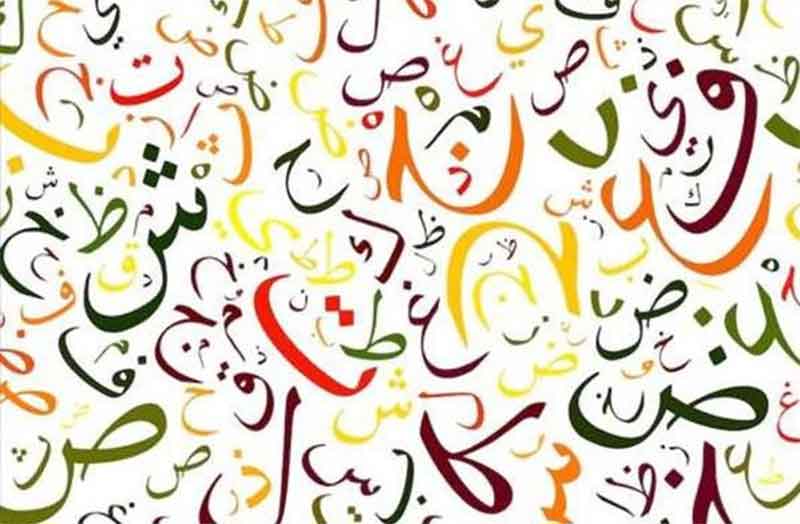Koshur in Peril: How Globalization Is Erasing Kashmir’s Linguistic Soul
By: Javid Amin
Srinagar 03 March 2025: Nestled between the Himalayas and the Pir Panjal range, Kashmir is celebrated for its snow-capped peaks and saffron fields. Yet beneath its natural beauty lies a silent crisis: the rapid erosion of the Kashmiri language, or Koshur. Once the heartbeat of the valley’s cultural identity, Koshur is now spoken fluently by fewer than 10% of children under 15. Urdu, Hindi, and English dominate homes and schools, leaving elders like 72-year-old poet Ghulam Nabi Khayal fearful: “Our stories, proverbs, and wanwun (wedding songs) will vanish with our language. We’ll become strangers in our own land.”
The numbers are dire. A 2023 survey by the Jammu & Kashmir Cultural Academy found that only 5% of Srinagar’s urban youth can read Koshur script, while rural areas report a 20% decline in native speakers since 2010. “Parents equate Kashmiri with ‘backwardness,’” laments linguist Dr. Tariq Ahmed. “They’d rather their children master English for jobs or Hindi for Bollywood.”
UNESCO’s Stark Warning: A Global Crisis Mirrored in Kashmir
The plight of Koshur is not unique. UNESCO’s 2024 Languages Matter report reveals that 40% of the world’s population—over 3 billion people—cannot access education in their native language. In conflict zones and low-income regions, this figure soars to 90%, depriving 250 million children of learning in a tongue they understand. Kashmir mirrors this trend: despite 7 million global speakers, Koshur lacks official recognition in India’s Eighth Schedule, limiting its use in governance and education.
“Colonial legacies and modern migration patterns amplify linguistic inequality,” says Dr. Manuela Pinto, a GEM report author. “In India, English remains a status symbol, while regional languages like Kashmiri are sidelined.” The consequences are stark: students taught in non-native languages score 18% lower in reading and 15% lower in math, perpetuating cycles of poverty and disenfranchisement.
Case Study: Wales and New Zealand—Blueprints for Revival?
Hope isn’t lost. Countries like Wales and New Zealand have reversed language decline through bold policies. When Welsh fluency dropped to 18% in the 1980s, the UK government mandated bilingual education, funded TV channels like S4C, and incentivized businesses to use Welsh. Today, 29% of Welsh youth speak the language fluently.
Similarly, New Zealand’s Te Reo Māori revitalization included:
- Immersion Schools (Kura Kaupapa): 30% of Māori children now attend schools where Te Reo is the primary medium.
- Digital Tools: Apps like Drops and Kupu gamify language learning, attracting 500,000 users.
- Media Representation: TV shows like Moana and Whānau Living normalize Māori in pop culture.
“Kashmir needs a Te Reo model,” argues Dr. Mubeen Shah, a Srinagar-based historian. “Imagine Koshur cartoons, AI translation tools, and TikTok challenges celebrating idioms like ‘Chaeni gayi gom’ (Where did the snow go?).”
Policy Failures: Why India’s NEP Falls Short in Kashmir
India’s National Education Policy (NEP) 2020 advocates “mother-tongue education till Grade 5,” but implementation in Kashmir is riddled with gaps:
- Teacher Shortages: Only 12% of J&K’s primary teachers are Koshur-proficient.
- Textbook Scandals: State-published Kashmiri textbooks in 2021 contained over 200 grammatical errors, discouraging students.
- Political Resistance: The three-language formula (Hindi, English, regional) faces backlash in non-Hindi states like Tamil Nadu, creating a hesitant push for Kashmiri.
“The NEP is well-intentioned but toothless,” says education activist Arifa Jan. “Without funding for teacher training or digital resources, Koshur will remain confined to folk songs.”
Digital Hope: How Tech Can Rescue a Dying Language
Innovators are stepping up. Startups like Koshur Labs have launched:
- Kashmiri Keyboard Apps: Downloads surged by 300% after 2022, enabling WhatsApp and social media use.
- YouTube Revival: Channels like Koshur Zubaan teach phrases through animated folktales, amassing 150k subscribers.
- AI Preservation: Researchers at IIT Jammu are developing an AI model to digitize centuries-old Sharda script manuscripts.
“My grandparents cry when I speak Koshur,” says 19-year-old student Ayesha Bhat, who learned the language via YouTube. “Now I write poetry in Koshur and post it on Instagram. Every like feels like a small victory.”
10 Actionable Steps to Save Kashmiri
- Legislative Recognition: Include Koshur in India’s Eighth Schedule for official status.
- School Overhaul: Train 1,000 Koshur teachers by 2026; introduce immersive preschool programs.
- Media Mandates: Reserve prime-time slots for Koshur shows on DD Kashmir and Radio Sharda.
- Tech Grants: Fund startups creating Koshur apps, podcasts, and VR cultural experiences.
- Artisan Support: Subsidize Koshur calligraphy, pottery, and music festivals to link language with livelihoods.
- University Degrees: Launch BA and MA programs in Kashmiri literature at NIT Srinagar.
- Public Campaigns: Brand Koshur as “cool” through influencer partnerships and viral hashtags like #SpeakKoshur.
- Intergenerational Dialogues: Community centers pairing youth with elders for storytelling sessions.
- Corporate CSR: Encourage companies like Tata and Infosys to sponsor Koshur learning platforms.
- UNESCO Collaboration: Apply for “Endangered Language” status to secure global funding.
Voices from the Valley: “Our Language Is Our Breath”
- Parveena Ahangar (Human Rights Activist): “When we protested in 2008, our slogans were in Koshur. Lose the language, and you lose the resistance.”
- Zooni (Kashmiri Singer): “My song ‘Rind Poshmal’ mixes Koshur lyrics with EDM. Youth message me: ‘We didn’t know our language could sound so fresh!’”
- Mohit Raina (Student, Delhi University): “In Delhi, I hide my Kashmiri identity. But when I speak Koshur with friends, I feel at home.”
Bottom-Line: A Race Against Time
Kashmiri isn’t just a language—it’s a living archive of Himalayan wisdom, Sufi poetry, and resilience. While UNESCO’s report underscores a global emergency, Kashmir’s fight is uniquely urgent. Without swift action, Koshur may join the 600 languages extinct since 1950. But with tech-savvy youth, policy reforms, and global solidarity, Kashmir can script a comeback story. As the proverb goes: “Yeli zev chi aasi, khechir chi drav” (When there’s life, there’s hope).




